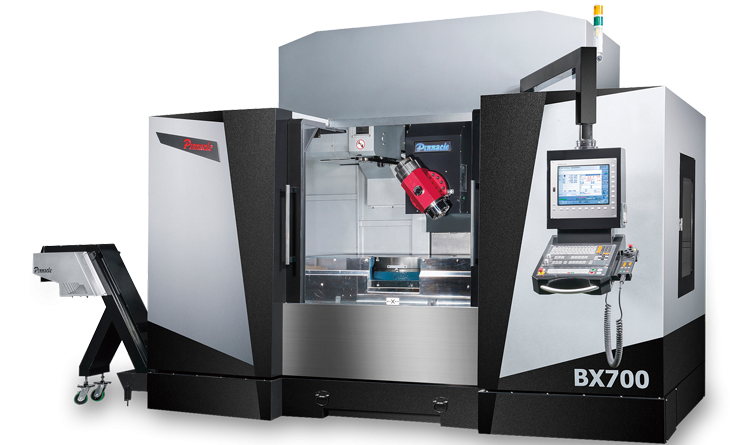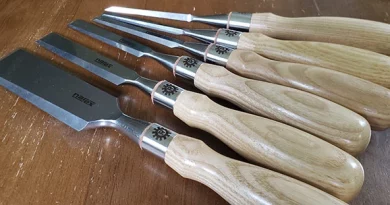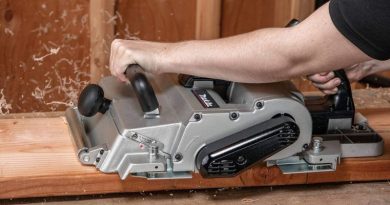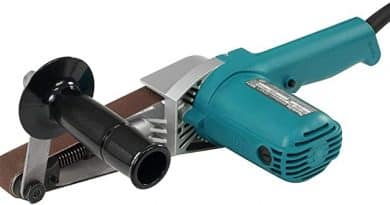CNC Machining Centers
CNC machining centers (Computer Numerical Control) have been around for a very long time now and they have become the workhorse in many manufacturing environments. Capable of exchanging a wide variety of tools through the use of automatic tool changers, and controlled by precision ball screws driving all of the axes of the machine, these machine tools are capable of performing highly complex work very quickly as compared to manual machine operation.
Machining centers, not to be confused with other types of CNC equipment such as grinders or lathes, are available in horizontal and vertical spindle styles. Typically horizontal-style machining centers will be provided with a rotary 4’TH axis table (either positional or in more complex cases with a full rotary axis) whereas vertical machining centers will often have the 4’TH axis feature as an option.
Generally designed to perform milling, drilling, boring, and tapping functions to form raw materials such as steel or aluminum into finished parts, machining centers can be found in a variety of sizes from as small as a drill press up to very large boring machine styles. These machine tools have complex computer consoles that are programmable and once programmed these machines will run from start to finish without any operator intervention.
With the high levels of computing power available in these machining centers today, these machine tools are capable of producing a very wide variety of parts from component pieces to very large dies for stamping or molding. Very complex physical features such as a spiral spline, very complex mold contours and cavities, thread milling, back boring, and a whole host of other operations can be performed with some programming creativity.
Capable of machining with continuous motion along the cutter path, intricate and complex surfaces can be machined that would be close to impossible to make using manual equipment with a manual rotary table, indexer, or sine block.
Positional accuracy inherent within the machine tool itself allows highly accurate positioning and blending of complex surfaces that would not be available without huge difficulty and special tools in a manual machining environment. Therefore, these types of machine tools lend themselves to performing proto-typing work as well as production work.
Programmable spindle speeds and the ability to easily vary the spindle speed for the cutting tool is also another important factor that is built into CNC machining centers. Spindle speed adjustment is quickly made through the program so the best speeds and feeds for a given cutting tool are easily maintained within a constant surface speed recommended for the cutting tool in the spindle.
Most CNC machining centers are also equipped with flood, mist, or spindle coolant features that allow the cutting tool to receive much-needed coolant for maintaining the proper temperature for the cutting tool while in the cut. Tool wear as a result of too much heat can be disastrous to the overall life of the cutting tool and the resulting surface finish produced on the machined part.
Because of the inherent reliability, consistency, and repeatability, CNC machining centers are often run on the plant floor as a group of machines operated by a single machine operator that loads and unloads parts while checking on the finished quality of the part coming off the machine. Advanced machine tools are available that have automatic part loaders, unloaders, and inspection probes that can further reduce the need for a machine operator to intervene in the machining process thereby creating an unattended machining environment.




